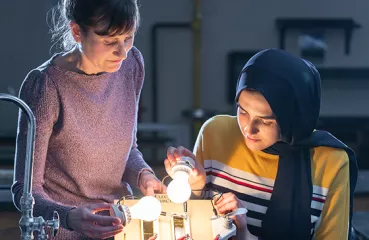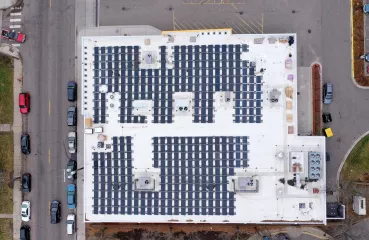Cristo Rey Jesuit High School - Twin Cities is a private Catholic high school in Minneapolis. It is part of a larger network of Cristo Rey schools throughout the United States that follow a socially conscious, justice-oriented model.
In 1992, a Chicago Archbishop Joseph Bernardin recognized the stark achievement gap between people with low socioeconomic status compared to their wealthy counterparts. Bernardin tasked Father John Foley with decreasing this gap in whatever capacities possible, thus creating the first Cristo Rey Jesuit High School in Chicago to “serve families with limited financial means” and to increase college access for underserved populations.
The Twin Cities campus inception in 2006 marked great strides in supporting Minneapolis youth. Cristo Rey has taken their initiatives one step further and adopted clean energy to support efforts towards environmental justice.



